Intersections of Art and Science
June 23, 2024
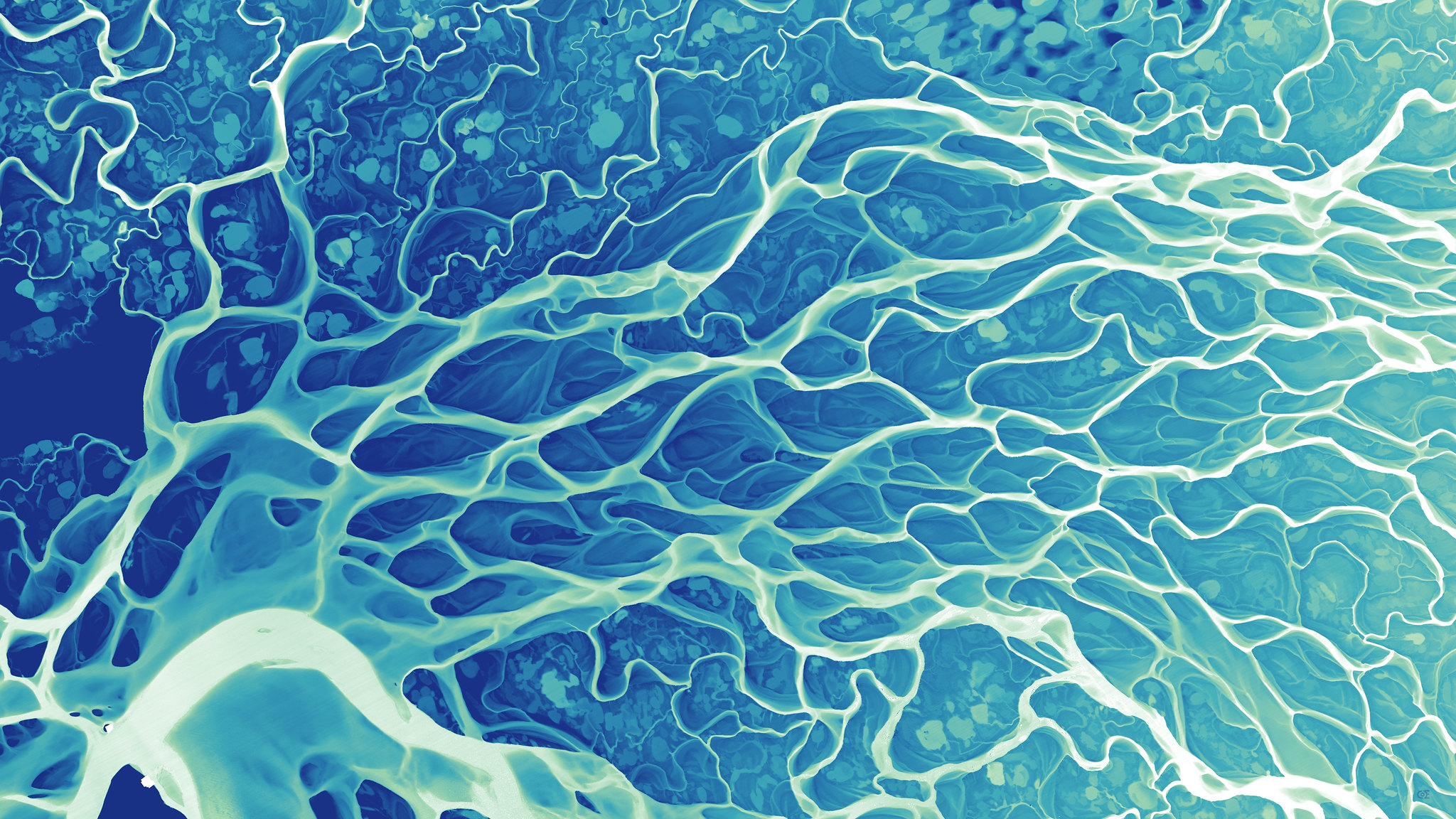
Daniel Coe’s Astonishing River Cartography – Orion
Excerpt:
River histories visualized as entangled, intricate textures
Cartographer Daniel Coe uses relative elevation data, primarily from plane-mounted lasers called lidar, to visualize Earth’s natural features, like rivers and floodplains. His stunning river maps reveal stories hidden in historical sediment and past channels carved by the water, as it twists and turns through both landscape and time.
Also of Interest:
Jessica Stewart | My Modern Met (11-23-2023)
Artistic Views of the World’s Rivers and Deltas Created Using Lidar Data
Michael Crowe | High Country News (07-1-2022)
The beauty buried in the data
Excerpt:
Graphics editor Daniel Coe has always been captivated by maps, and his love of cartography has only grown over the years. For the past several years, he has been creatively using this passion to make stunning artwork focused on the world’s rivers. Coe takes advantage of open-source lidar data to put together evocative maps that tell the history of these rivers and deltas…
Excerpt:
Daniel Coe, the graphics editor for the Washington Geological Survey, creates surreal composite images showing rivers, ridges and other natural features from above…The process begins with survey teams gathering laser scans using LiDAR…Then Coe adds artificial light and color — sometimes even aerial photography — to the topographical renderings, exposing the beauty buried in the data…
More on Intersections of Art + Science . . .
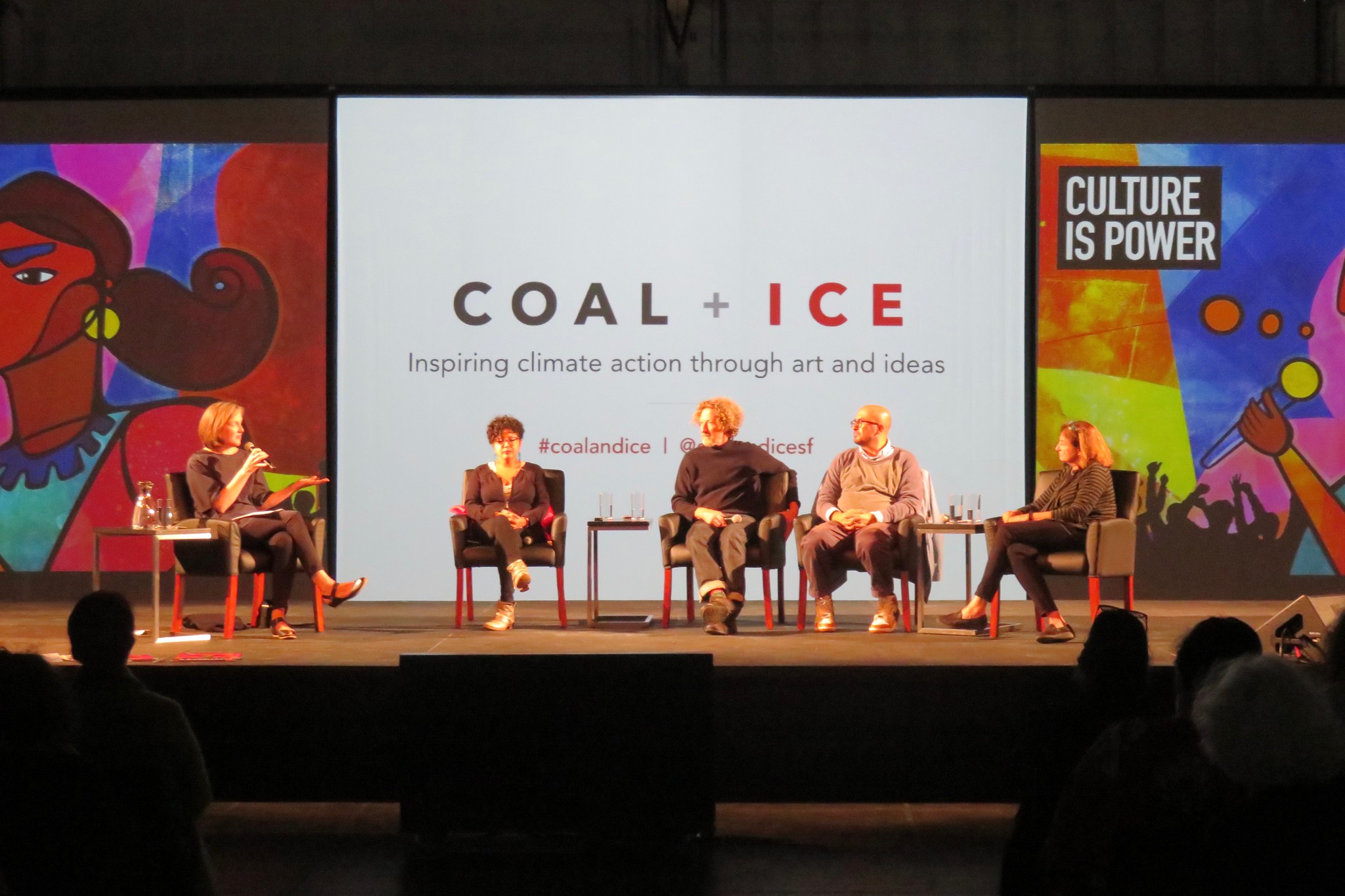
Images of Climate Change That Cannot Be Missed – the New Yorker
Just as we risk becoming inured to the crisis, an exhibition, “Coal + Ice,” serves as a stunning call to action…

Shapeshifters: Octopus Superpowers (Full Episode) | Secrets of the Octopus – National Geographic
Whether transforming their body shape and color to disappear or mimicking their deadliest enemy. Octopus use shapeshifting superpowers to survive…
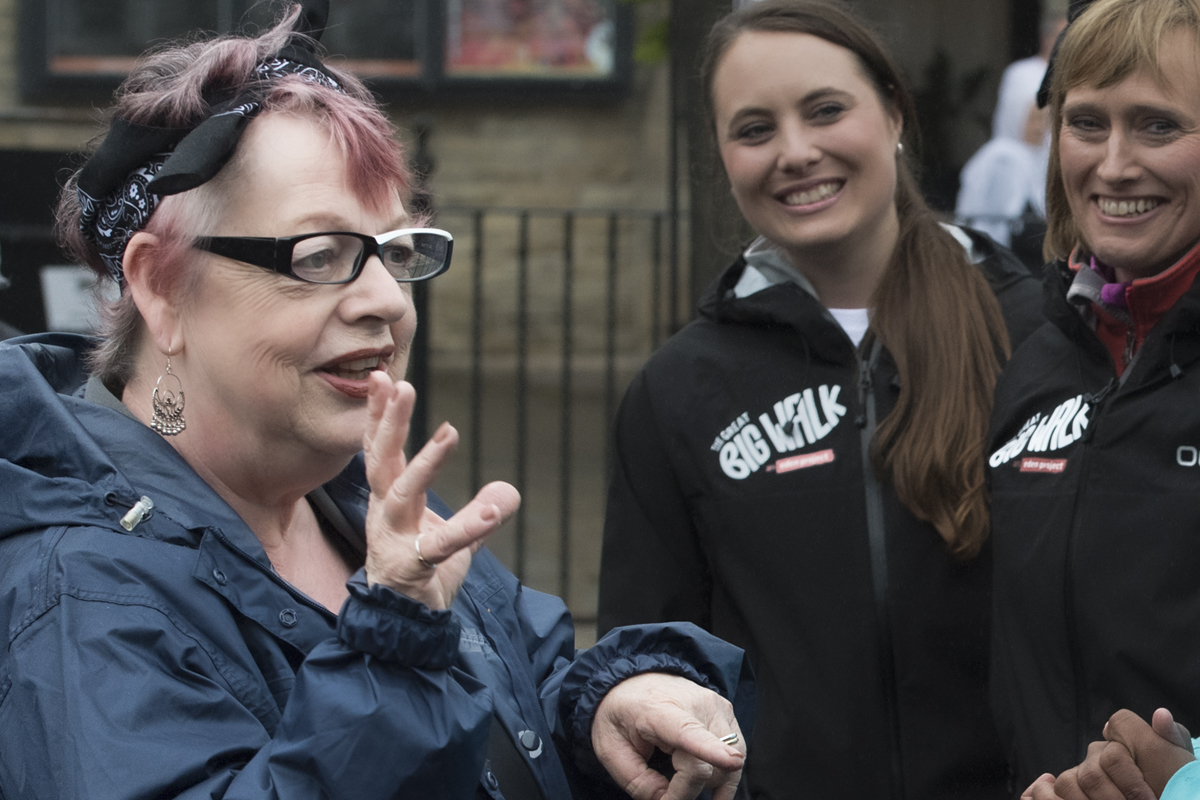
Jo Brand translated my science. I’m certain that comedy can connect people to climate change – the Conversation
Comedian Jo Brand helps Professor Mark Maslin spell out the actual risks of climate change, pulling zero punches, and using highly unscientific language throughout…
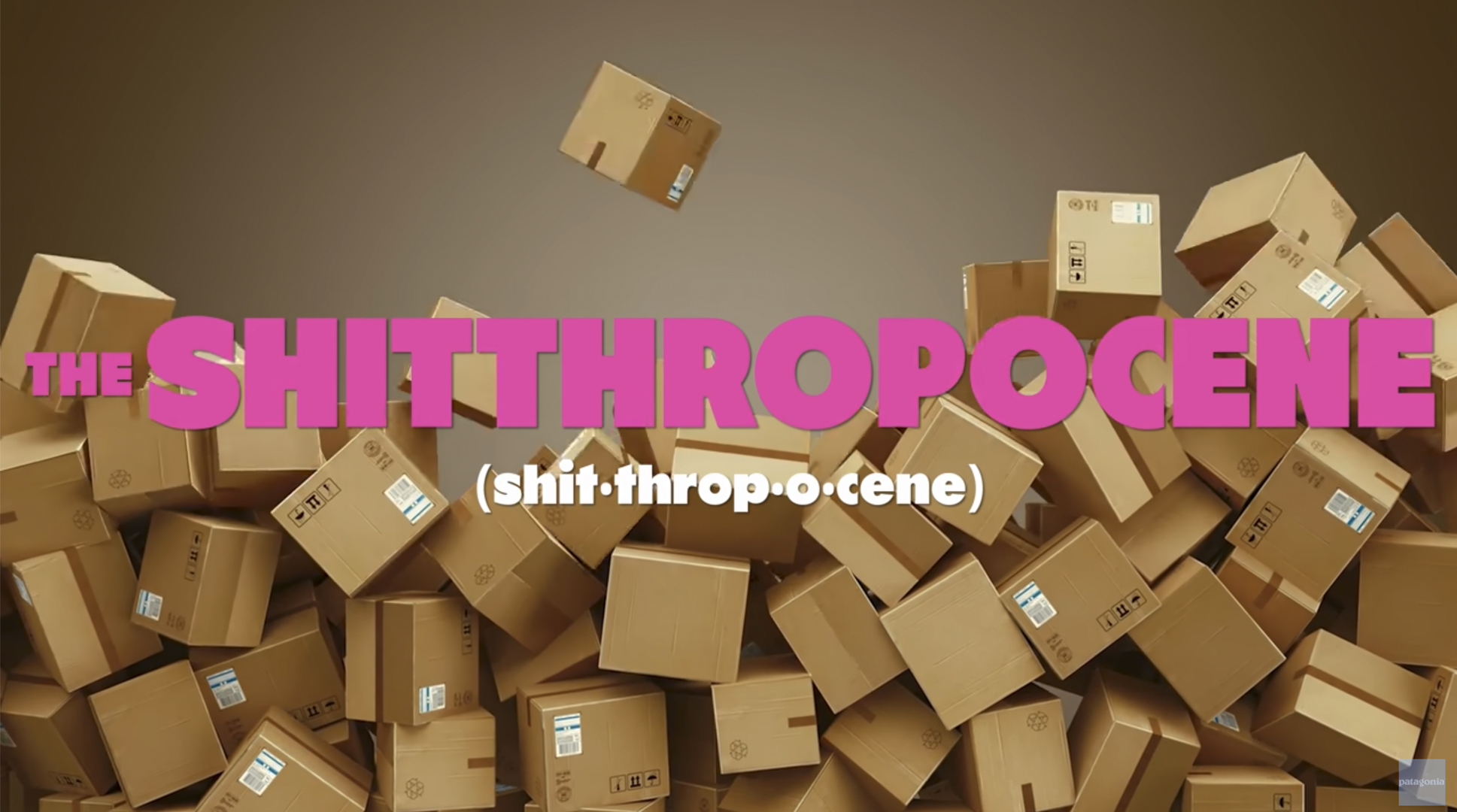
Will Shoppers Ever Care About the Destruction of the Planet? – the New York Times
Tactics to convince people to buy less aren’t working. A quirky new documentary by Patagonia takes a different approach…

Microplastics Are a Big Problem, a New Film Warns – New York Times
At SXSW, a documentary traces the arc of plastics in our lives, and highlights evolving research of the potential harm of its presence in our bodies…
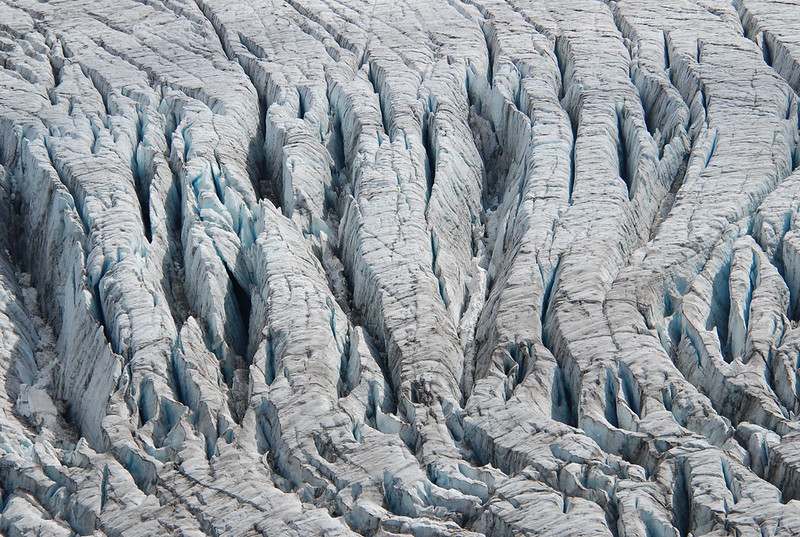
This trio hopes ‘Won’t Give Up’ will become an anthem for the climate movement – NPR
Performers Pattie Gonia and Quinn Christopherson teamed up with cellist Yo-Yo Ma to spread a message of hope and joy.
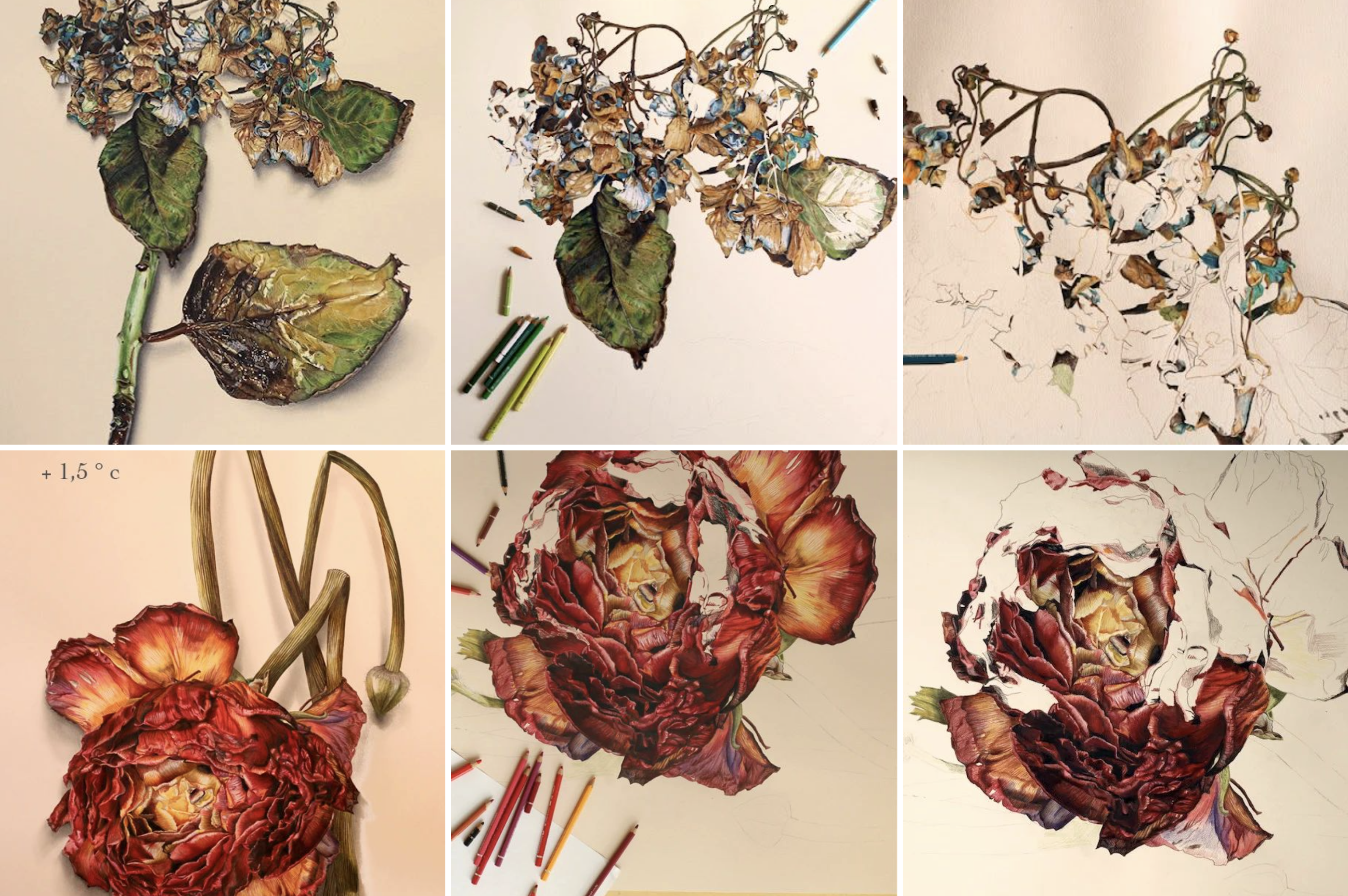
The “Vanité” Series by 1011
“A humble flower is the labor of centuries.” – William Blake from the Artist’s Statement:“The title (of this collection): “Vanité” refers to the pride of Men

Talking about climate change can be awkward. Just ask Tim Robinson – Grist Magazine
Does cringe comedy have anything to teach climate scientists?
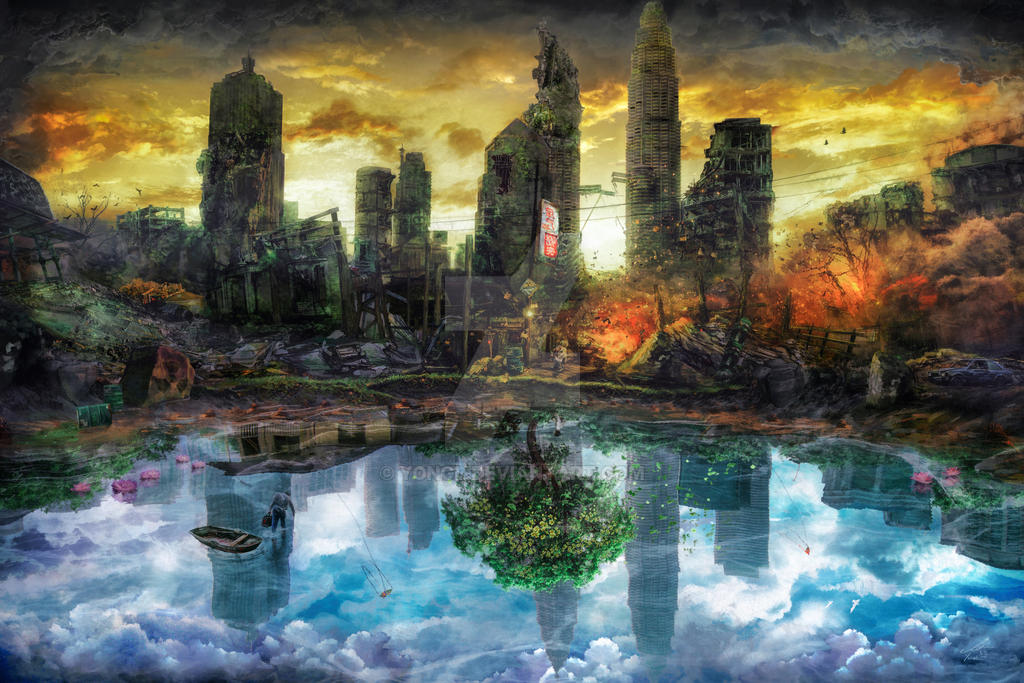
Imagine 2200: Climate Fiction – Grist Magazine
Grist’s Imagine 2200: Climate Fiction for Future Ancestors short story contest celebrates stories that offer vivid, hope-filled, diverse visions of climate progress. From 1,000 submissions, our reviewers and judges selected the three winners and nine finalists you will discover in this collection. These stories are not afraid to explore the challenges ahead, but offer hope that we can work together to build a more sustainable and just world….

